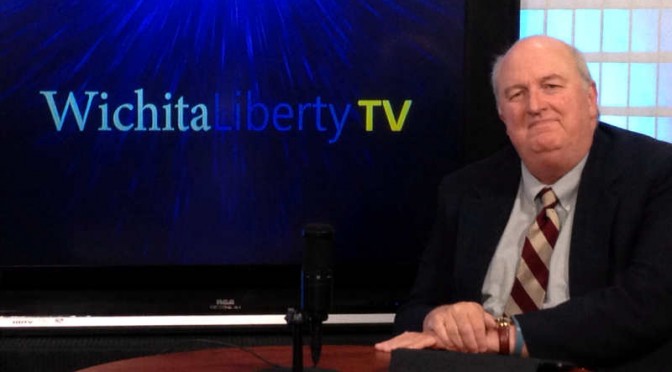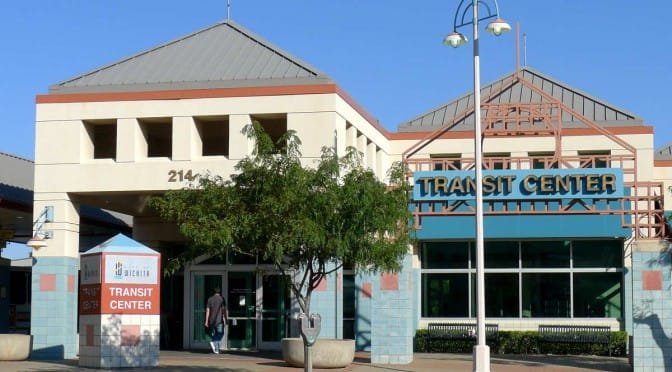Tag: Featured
-

Your smartphone is your activism toolkit
Your smartphone is a valuable tool for activism. Here are two ways to get involved.
-

WichitaLiberty.TV: Wichita’s missing water, sales tax, Gidget, smartphone activism
A former Wichita mayor wonders what happened to Wichita’s water supply. Then, meet Gidget, a Kansas blogger I think you will enjoy. Finally, how can you use your smartphone to help candidates and causes?
-

Kansas school claims, numbers don’t match
Kansas school spending advocates make claims of exploding class sizes that aren’t reflected in enrollment and employment data
-

Quarterly state GDP data released
A new series of GDP data shows government growing faster in Kansas than in most states, with private sector growth near the middle of the states.
-

Public opinion on Wichita sales tax
As Wichita prepares to debate the desirability of a sales tax increase, a public opinion poll finds little support for the tax and the city’s plans.
-

Former Wichita mayor: Where is the water?
Former Wichita mayor Bob Knight explains that when he left office in 2003, we were assured we had water for 50 years. What has happened?
-

SEC orders Kansas to stop doing what it did under Sebelius and Parkinson
The Securities and Exchange Commission found that Kansas mislead bond investors. It ordered the state to implement reforms, which it has.
-

What is truth on education finance in Kansas?
One must wonder how much of Kansas’ and the nation’s student achievement woes are attributable to political self-interest and putting a higher priority on institutions than on the needs of individual students, writes Dave Trabert of Kansas Policy Institute.
-

Before asking for more taxes, Wichita should stop wasting what it has
Voters should ask that Wichita stop blatant and avoidable waste before approving additional taxes.